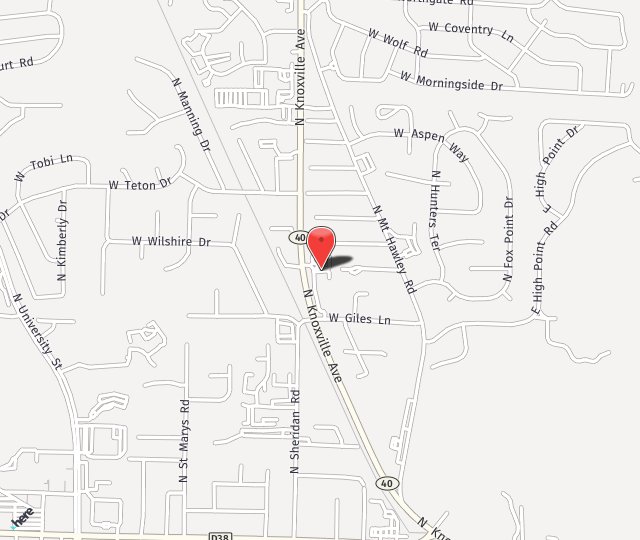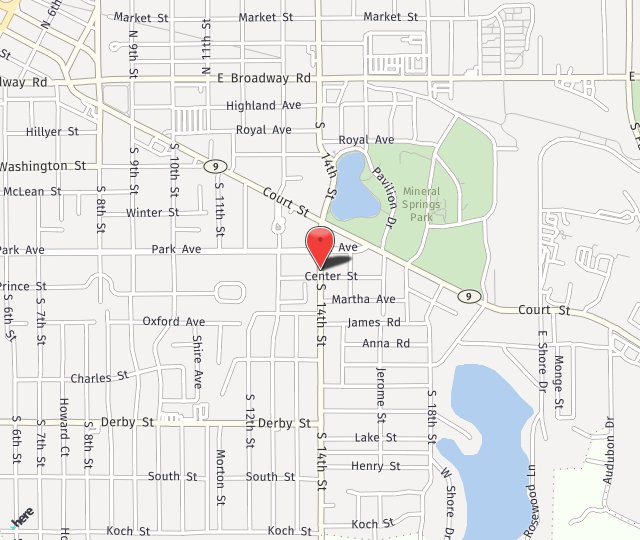Over fifty percent of people over the age of 60, and quite a few younger than that, suffer from cataracts. Currently, there is no medical treatment to reverse or prevent the development of cataracts. Once they form, the only way to see clearly again is to have them removed from within the eye, called cataract surgery.
Cataract surgery is for those who:
- believe that their quality of life has been impaired by poor vision
- have been diagnosed with cataracts
- have no health issues affecting their eyes
What to expect on surgery day:

Your eye will be completely numbed before the procedure
You will arrive at the surgery center about an hour prior to your procedure. Once you have been checked in you may be offered a sedative to help you relax. You will then be prepared for surgery. The area around your eyes will be cleaned and a sterile drape may be applied around your eye.
Eye drops or a local anesthetic will be used to numb your eyes. When your eye is completely numb, an eyelid holder will be placed between your eyelids to keep you from blinking during the procedure.
A very small incision will be made and a tiny ultrasonic probe will be used to break up the cataract into microscopic particles using high-energy sound waves. This is called phacoemulsification.
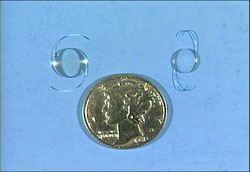
Intra-Ocular Lens replaces the natural lens of the eye.
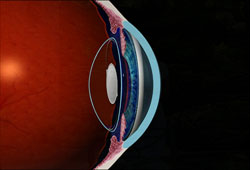
The IOL is placed inside the capsular bag of the eye.
The cataract particles will be gently suctioned away. Then, a folded intraocular lens (IOL) will be inserted through the micro-incision, then unfolded and locked into permanent position. The small incision is “self-sealing” and usually requires no stitches. It remains tightly closed by the natural outward pressure within the eye. This type of incision heals fast and provides a much more comfortable recuperation.
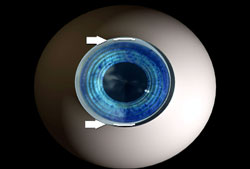
Pre-existing astigmatism can be treated with limbal relaxing incisions.
If your eye has pre-existing astigmatism, your surgeon may elect to make micro-incisions in the cornea to reduce your astigmatism. These are called LRIs or limbal relaxing incisions.
You will go home soon after the surgery and relax for the rest of the day. Everyone heals somewhat differently, but many patients report improvement in their vision almost immediately after the procedure. Most patients return to their normal activities within a day or two.
Realistic Expectations:
The decision to have cataract surgery is an important one that only you can make. The goal of any vision restoration procedure is to improve your vision. However, we cannot guarantee you will have the results you desire.
Once removed, cataracts will not grow back. But some patients may experience clouding of a thin tissue, called the capsular bag, that holds the intra-ocular lens. In most cases, a laser is used to painlessly open the clouded capsule and restore clear vision with a procedure called a capsulotomy.
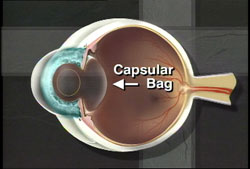
The capsular bag may become cloudy in the future.
Serious complications with cataract surgery are extremely rare. It is a safe, effective and permanent procedure, but like any surgical procedure, it does have some risks. Going to an eye specialist experienced with the procedure can significantly minimize the risks involved with cataract surgery.
After a thorough eye exam, you and your doctor will determine if cataract surgery is an option for you. You will be given additional information about the procedure that will allow you to make an informed decision about whether to proceed. Be sure you have all your questions answered to your satisfaction. Today there are many options offered to the patient concerning the artificial lens that gets placed inside the eye during surgery.
Here is some information about the latest IOL technology called PanOptix.
You may also choose to make an appointment or request additional information to learn more about this exciting procedure.

